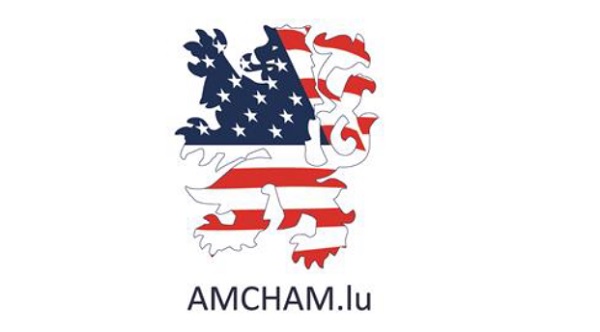
A recently developed graphene nanotube-modified polymer is a game-changing technology that solves a great challenge of the renewable energy industry - including Luxembourg – wind farm radar interference.
Developers from a British company, which specialises in engineered material solutions, has found a way to solve this issue using graphene nanotubes (also known as single wall carbon nanotube) from Luxembourgish company OCSiAl.
“We realise that the problem is the large radar cross section of the turbine, so if we can reduce this, we remove the clutter and solve radar interference,” Dr Adam Nevin, Innovation Lead of Trelleborg Applied Technologies, explained. “In order to reduce it, we are using single wall carbon nanotubes and making nanocomposite which absorbs over 99% of the incident radar wave to make the coated object ’stealthy’, which makes it much easier to track aircraft and observe storms”.
Along with nanotubes' ability to efficiently absorb waves, they also allow new material to be extremely thin. The developers emphasised that this material would otherwise be many centimeters thick, but they managed to reduce it down to just millimeters, thus obtaining an ultralightweight nanopolymer. The new absorbing material uses graphene nanotubes, produced by OCSiAl.
The new absorbing material can be used in diverse product applications in telecommunications, automotive, electronic and antennae solutions, where strict regulations on electromagnetic interference and stray radio-frequency emissions apply.








